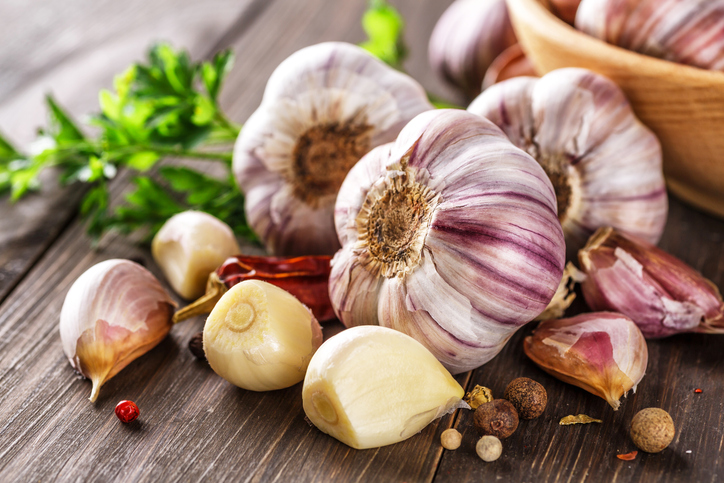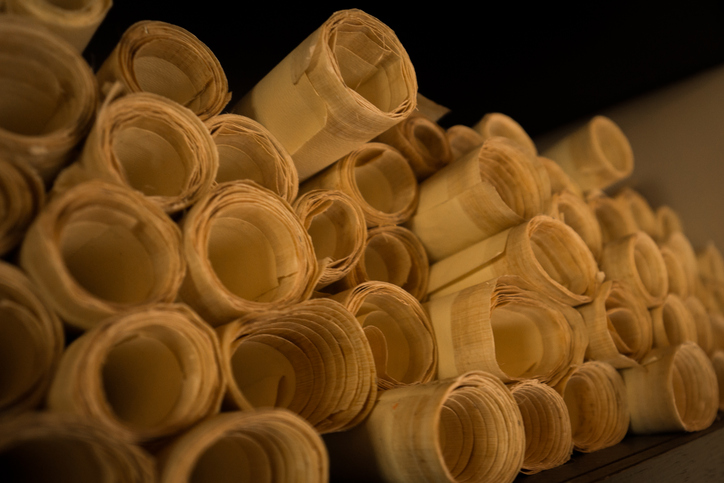I have written three articles as part of this blog about incorporating gardening into school culture. This is kind of a fourth article in that series. This blog entry is more about my own personal backyard garden this season.
You have heard me talk about experiential learning, a term which I freely interchange with project based learning. Gardening is exactly that. You never quit learning.
Students today are used to instant gratification through technology. Whether it be video games or texting or a sharp looking app, they have almost instant access to technology that most could not have dreamed of one hundred years ago. I firmly believe that instant access is having massively negative effect on the short and long term memories of children. I also believe it is reducing their attention spans drastically.
I believe gardening is the opposite of that process. Gardening slows us down. It demands patience, the ability to overcome adversity, and pushes us to be disciplined in watering, cultivation, and adding nutrients. It is a process which begins in late fall and doesn’t end until the next fall. The end result is sometimes not even seen for years if planting fruit trees. It is delayed gratification in every aspect. But there is something redeeming in seeing something(that you plant) poke out of the ground, grow for months, and provide you food or beauty or both.
Ok, I will get off my soap box. So, it is spring planting time. We have started our garden at our home. I thought I might share what we have put in the ground so far, and also share a website.
I am a huge fan of using seeds which originate from all around the globe. You will see that reflected in this list.
Forellenschluss Lettuce – This is a green lettuce with purple specks which originates from Austria.
Feaster Family Heirloom Mustard – This variety originates from Shiloh, Florida, and has been around since at least the American Civil War. I don’t like mustard greens, but this is awesome in salads. You will find my crew eating it raw from the garden.
Lacinto Kale – Man, I am just not a huge fan of kale, but it looks impressive in a garden. So, we grow it for exactly that reason along with accenting salads that we make. This is a Toscana variety which originates from Italy and dates to the 1700s.
Spicy Greens Mix – Nothing fancy here. These are accents for salads, and they taste great.
Australian Yellowleaf Lettuce – The name describes it aptly. This variety originates from the Digger’s Club near Melbourne.
Baquieu Lettuce – So many vowels in that name. It is only missing an “o.” Anyway, this is new to our garden this year. It has been slow to come up, but I do see some sprouts. It is French. Like all things French, it does things in its own time(I kid…sort of). I tend to rely heavily on Italian, South American, American, Russian, and Middle Eastern varieties for my garden – the older the culture, the better the taste in my book. It is nice to add another French heirloom. We also sometimes grow Juanne Flamme tomatoes which have orange skins and red interiors. JF’s kind of look like a persimmon. Anyway, this lettuce variety looks to be a butter crunch lettuce with red along the edges.
Jebousek Lettuce – This is another new variety to our garden this year. It is a Czechoslovakian (don’t ask me to spell that when you see me next) variety. The seed was shared with Seed Savers Exchange by Ella Jebousek of Brooks, Oregon.
Broad Windsor Fava Bean – We have not planted this yet. We should have planted it back in February! It will likely go in this week. Fava bean plants are unique. These seeds are a staple of Middle Eastern and Mediterranean diets. They are great in salads.
Santa Isabel Fava Bean – See the previous Windsor note for planting dates. This is a smaller seeded fava bean from Ecuador. It is new for us this year, and we are excited about this one.
Sabatino’s Peppe Insalata – This is a lettuce variety from the Italian Garden Project. That site alone is full of so many options for student learning about Italian heritage. I am willing to bet some of their gardening practices have made it into your garden whether you know it or not. Italian-American gardening has had a big impact on American home gardens. It is on order, and should be here very soon.
Chesnok Garlic – This tasty variety is from the Republic of Georgia. We planted it last November. It is about 18 inches tall right now. Garlic is one of the easiest plants to grow. It loves cold, winter weather. It will be ready when the tops fall over during late June.
Burgundy Garlic – This is a U.C. Davis variety from Oregon. It is a creole garlic. Depending on what you read, creole garlic is derived from Italy or Spain.
Dutch Red Shallots – I love growing these bunching roots. They are basically a fancy onion in my book. They are a bit milder, and used in French gourmet dishes.
It is only early April, and if we are keeping track…North America, South America, Europe, Asia and Australia are already represented in this year’s garden seed collection. Africa will surely be represented as the season progresses(okra).
We did added thornless blackberries to our garden last year along with Concord grapes. My first attempt at grapes didn’t survive the 23-24 winter season. So, it is very nice to see the young leaf shoots on our vines this spring, especially after a hard winter! Our Turkey fig tree also survived the winter, but we have yet to get more than a handful of mature figs. Our blueberries are loaded with blooms.
Herbs? Yep. We have perennials in the form of sage and oregano. Dill has been planted as well this spring. It likes cooler weather.
We have a hard freeze coming tonight. Fingers crossed!!!!
I have often thought that if heaven had given me choice of my position & calling, it should have been on a rich spot of earth, well watered, and near a good market for the productions of the garden. no occupation is so delightful to me as the culture of the earth, & no culture comparable to that of the garden. such a variety of subjects, some one always coming to perfection, the failure of one thing repaired by the success of another, & instead of one harvest a continued one thro’ the year. ~ Thomas Jefferson
ProTip: Grow the Columbian Exchange, don’t just talk about it with your class. Let them taste the blend of foods which resulted from the Old and New Worlds interacting.
Discover more from Rob's Innovation in Education Blog
Subscribe to get the latest posts sent to your email.




